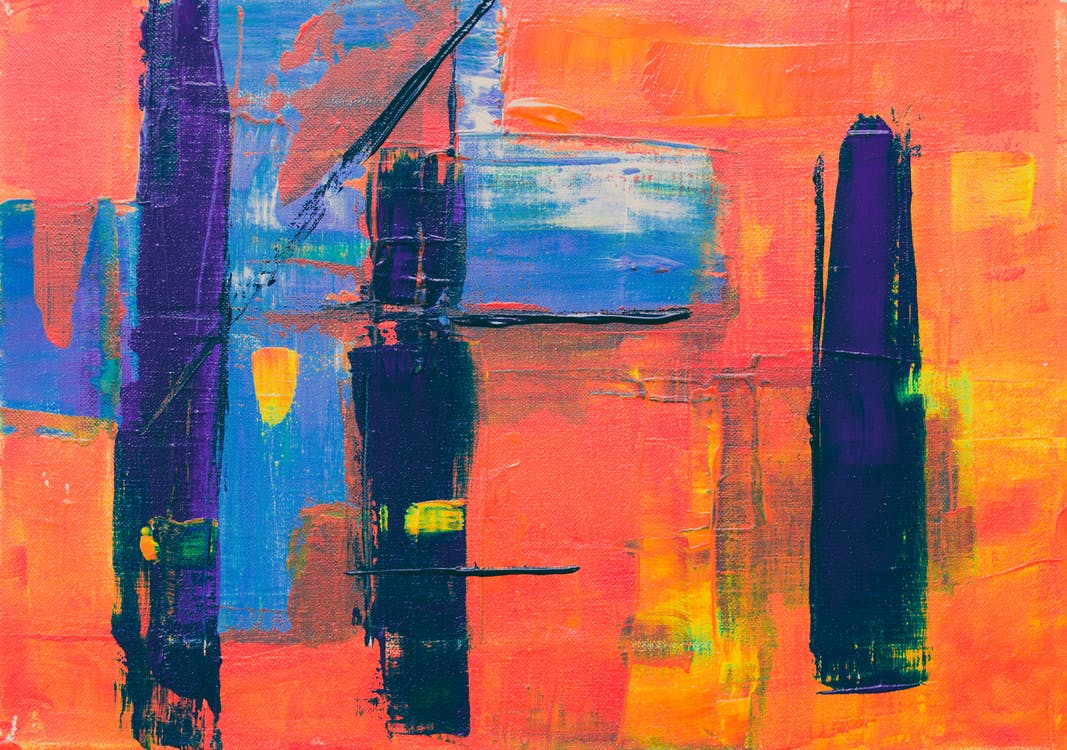WELLNESS & VISUALIZATION
Visualisation can be very powerful and much more so than most of us realise.
Turn illness into wellness in your imagination!
That’s the basic premise for using visualisation for wellness.
It can be applied for the benefit of both physical and mental health.
For example, some people with arthritis visualise pouring viscous oil into their joints to lubricate them and create a cushion separating bones. Some people with hay fever imagine their immune system making friends with pollen instead of attacking it. People with cancer imagine their immune systems destroying tumours.
I met a gentleman once who had suffered with depression for years and despite treatment and therapy, nothing had worked for him. Then he learned about visualisation and pictured depression as a broken mirror. It represented how he, himself, felt broken.
Then he imagined making the mirror whole again. He pictured sweeping up the broken shards and melting them in a cauldron over a fire, before pouring the liquid mirror into the mirror frame and letting it cool. He then held up the renewed mirror.
He had turned brokenness (representing illness) into wholeness (representing wellness). He did it every day, just a couple of minutes each day, and within two months his depression had lifted, and he felt renewed again.
The important thing about visualisation is simply getting to a place of wellness in your imagination. How you get there is up to you. The starting point is what you know of a diagnosis or what something feels like, and the end point is some mental representation of wellness.
You don’t need to know specific details of what something looks like. Ten people with the same condition might visualise ten different things, but so long as the end points of their visualisations represent wellness, then they are all correct.
Some of the ten might have detailed medical knowledge or insights into what specific biology looks like. Others might just picture a blob shrinking and disappearing altogether, where the blob represents the condition, a tumour, or the presence of a pathogen of some sort. Some might imagine one shape turning into another, where the starting shape represents illness, and the end shape represents wellness, or even changing a colour that represents illness into one that represents wellness. And they’re all correct.
You can only do it right … so long as your end point is a mental representation of wellness.
The key is to create a mental representation. It’s something that represents mentally what you’re imagining.
Some people mentally represent their immune system as piranha fish, others as Pac men, yet others with detailed medical knowledge picture what they know specific immune cells to look like and function like.
How long should you visualise for?
This is another question I get asked a lot.
There’s no correct length of time. More important than how long you visualise for is that you visualise consistently.
For example, doing a 30-minute visualisation one day and then forgetting to visualise for a week, then doing another 30 minutes, forgetting again, then another half hour visualisation four or five days later again, isn’t very consistent.
But visualising for five minutes every day for two weeks is consistent and will likely be more effective.
Think of it like trying to use a big hammer to break a large piece of rock. You smack it a couple of times and then forget about it, then come back a couple of days later and hit it a few more times before giving up and concluding that the hammer isn’t big enough.
Yet someone might come along with a tiny hammer and make repetitive taps with the hammer – over and over again – for several hours. Eventually, the rock will split and then break apart.
It was repetition more than size that mattered the most.
Repetition also shapes brain circuits, which offers us an insight into how visualisation probably works. Research shows that doing a thing over and over again builds connections in the brain through what is known as neuroplasticity. The crux is that when we visualise doing the thing instead of actually doing it, the brain networks change to more or less the same extent. In other words, in some ways the brain doesn’t distinguish between real and imaginary.

